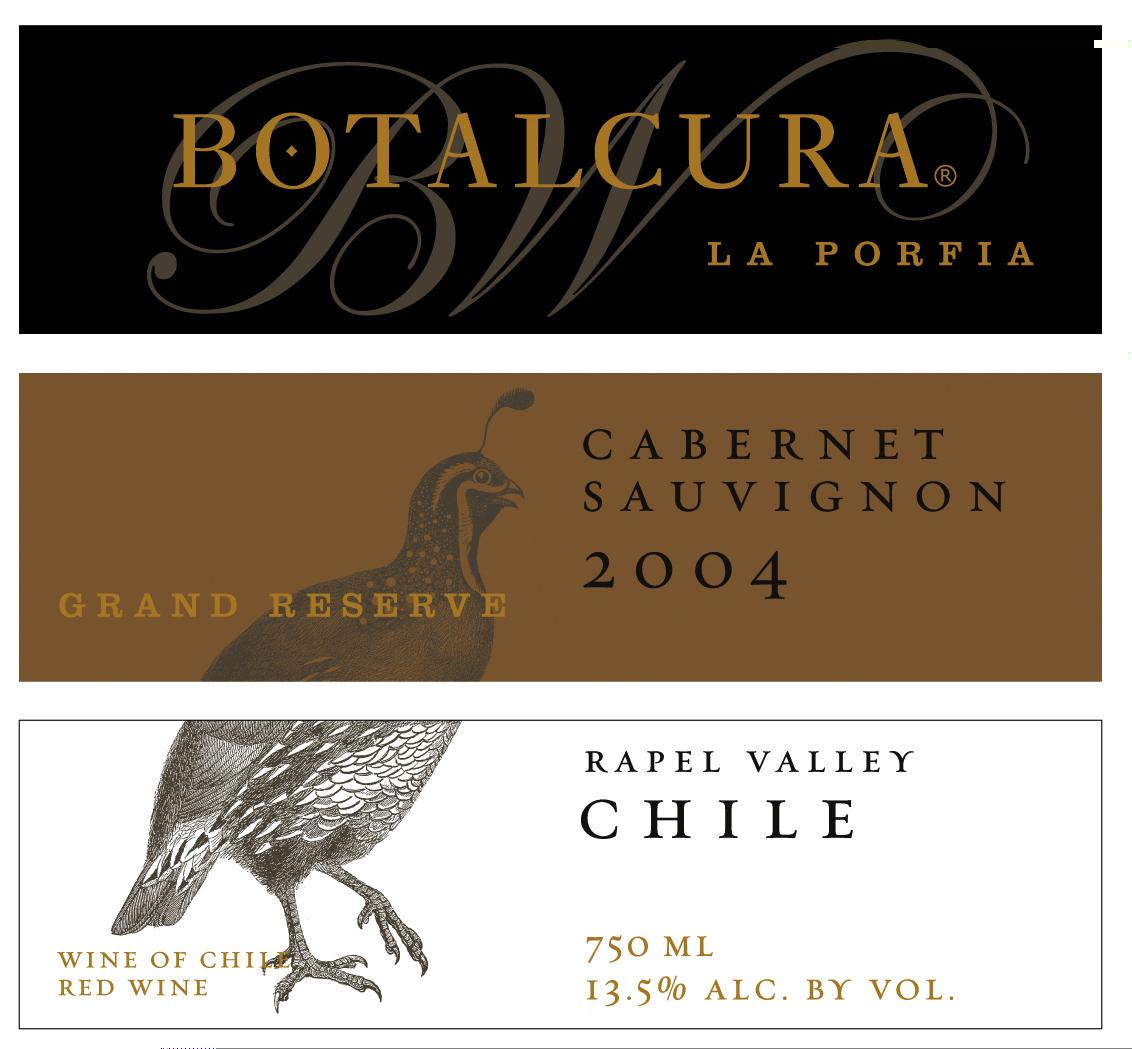2004 Rapel Valley Cabernet Sauvignon
The Botalcura La Porfia, a striking Cabernet Sauvignon from the respected Rapel Valley, boasts a deep red hue that captures the eye and invites exploration. This exquisite wine, crafted in 2004, opens with alluring notes of dark fruits like blackcurrant and plum, complemented by subtler hints of oak and spice that enhance its complexity. With its firm structure, this full-bodied red presents robust tannins that provide depth and a smooth mouthfeel, ensuring a delightful sipping experience. The balanced acidity lends vibrancy and liveliness, making it an excellent companion for a variety of hearty dishes. As you savor each sip, the wine exhibits a remarkable finish that lingers, showcasing the quality and character derived from its terroir in the picturesque Rapel Valley.
The Botalcura La Porfia, a striking Cabernet Sauvignon from the respected Rapel Valley, boasts a deep red hue that captures the eye and invites exploration. This exquisite wine, crafted in 2004, opens with alluring notes of dark fruits like blackcurrant and plum, complemented by subtler hints of oak and spice that enhance its complexity. With its firm structure, this full-bodied red presents robust tannins that provide depth and a smooth mouthfeel, ensuring a delightful sipping experience. The balanced acidity lends vibrancy and liveliness, making it an excellent companion for a variety of hearty dishes. As you savor each sip, the wine exhibits a remarkable finish that lingers, showcasing the quality and character derived from its terroir in the picturesque Rapel Valley.




